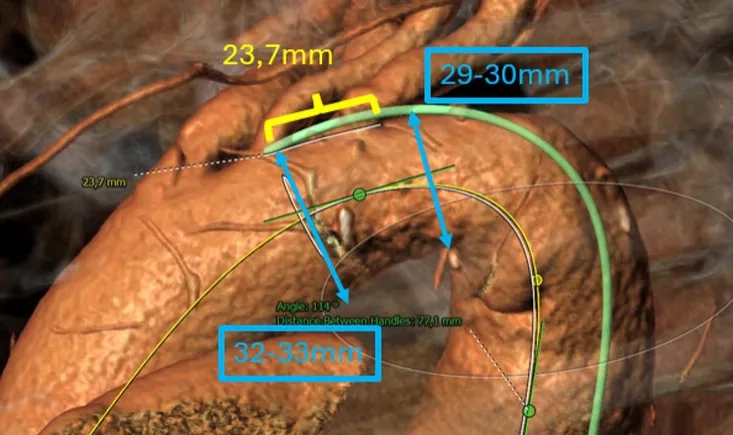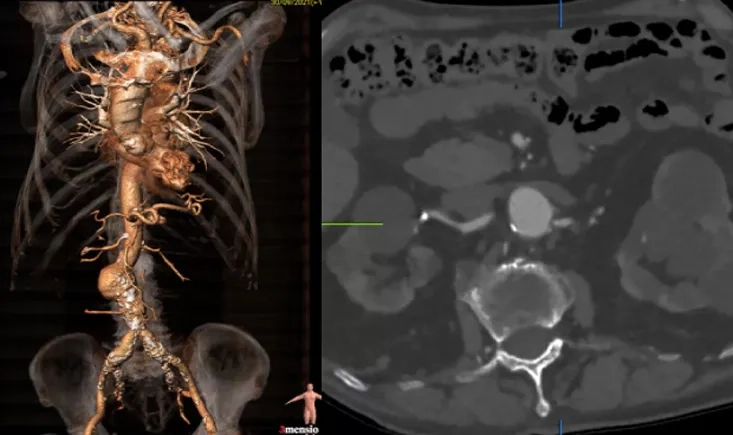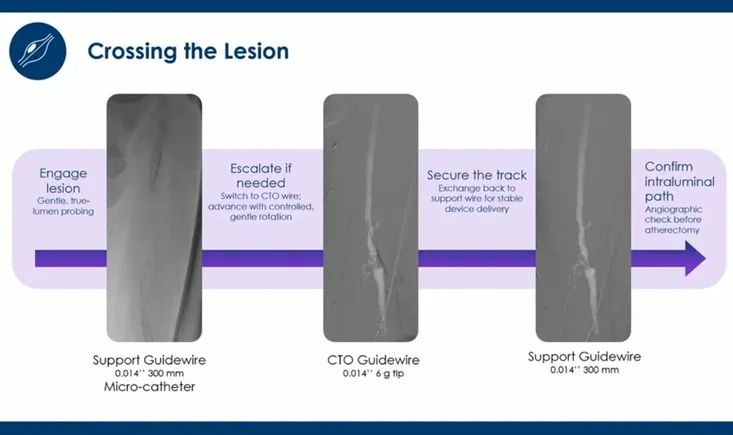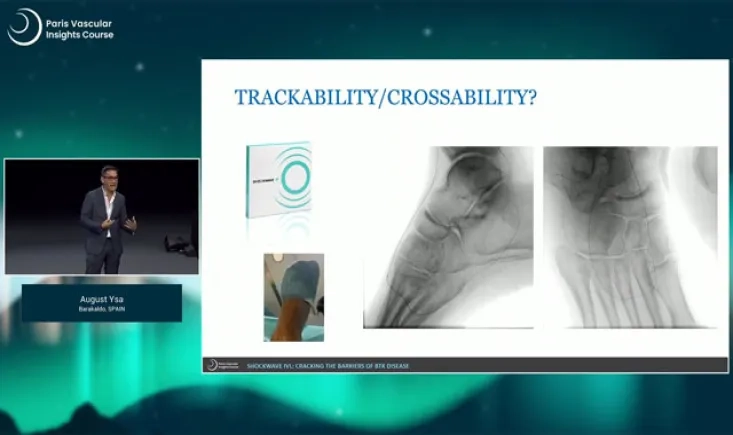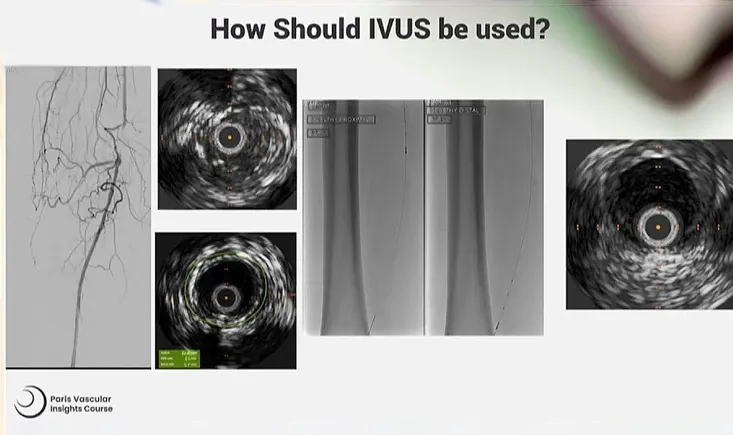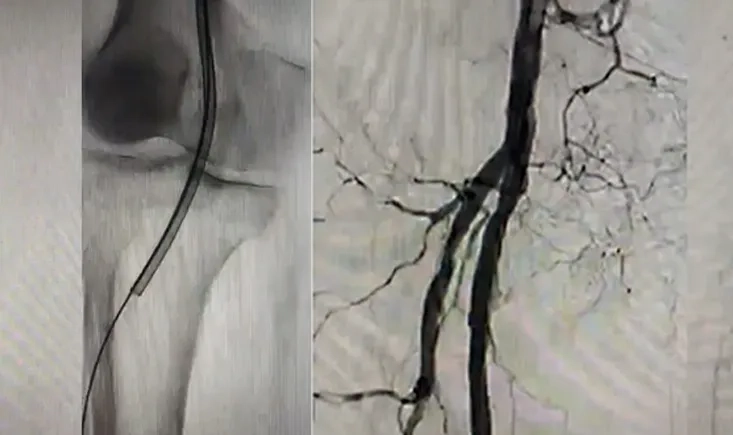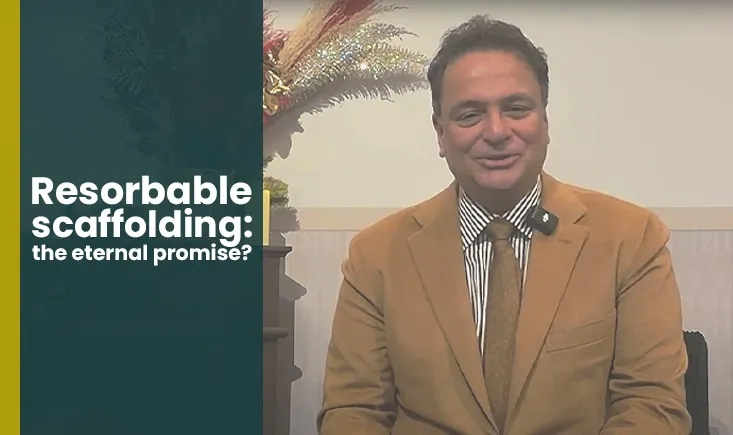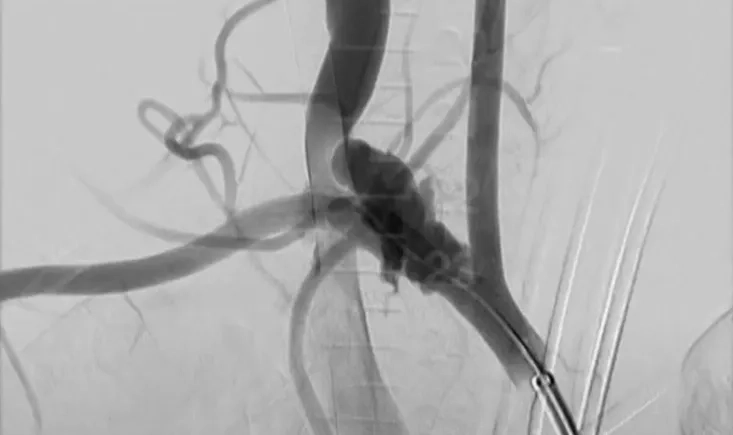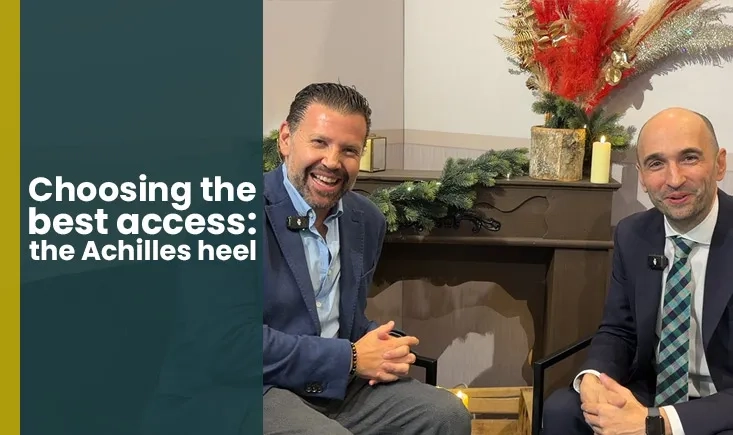Cases and resources in vascular techniques
This section provides a selection of cases and resources provided by experts in vascular techniques.
A 65-year-old male with multiple comorbidities presents with a 58 mm thoracic aortic aneurysm and a severely kinked, diseased aorta. This case reviews the key anatomical challenges, landing-zone configuration, access considerations, and protective strategies needed when planning a patient-tailored endovascular repair.
An 80-year-old patient faces a recurrent type II endoleak after EVAR, with his aneurysm sac continuing to grow despite prior interventions. Explore the imaging and procedural challenges in managing this stubborn complication—and see what comes next.
This PVI 2025 symposium reviews a complex SFA intervention in a 70-year-old patient with progressive PAD and prior vascular surgery. Imaging findings, treatment options, and the rationale for Jetstream atherectomy followed by paclitaxel DCB are discussed, along with key procedural steps and outcomes.
This PVI 2025 symposium explores the role of intravascular lithotripsy (IVL) in below-the-knee (BTK) disease, focusing on heavily calcified lesions. The session reviews how IVL enables low-pressure angioplasty while improving vessel compliance and safety. Through a real-life case, the session discusses when IVL is most useful in BTK/BTA interventions, particularly when scaffolding options are limited. The E8 catheter is highlighted for its improved trackability and ability to treat longer, complex lesions.
This PVI 2025 symposium explores the role of IVUS in peripheral arterial disease, from understanding vessel biology and mechanisms of failure to reviewing the growing evidence supporting IVUS use, particularly in CLTI. Through expert insights and real-life, IVUS-guided cases, the session shows how imaging can directly inform vessel preparation and treatment decisions in daily practice.
This PVI 2025 session showcases how vascular care is delivered across the Asia-Pacific region. It covers research regulations in New Zealand, DVT management in Singapore, CFA treatment in Japan, acute lower limb ischemia in Malaysia, pulmonary embolism repair in India, real-world Ranger DCB outcomes in CLTI patients, and aortic dissection management in China.
Dr. Prakash Krishnan breaks down bioresorbable scaffolds after the LIFE-BTK trial. Discover how these drug-eluting scaffolds may help in dissections and recoil, offering temporary support without compromising future treatments. Challenges remain—long lesions, above-the-ankle use, and vessel prep are still under investigation. Watch now to see what this means for complex CLTI care!
This PVI 2025 session reviews the expanding role of embolisation through real-world cases, from orthopedic embolotherapy to the pragmatic management of traumatic and intra-procedural bleeding. It also provides an in-depth discussion on type 2 endoleaks, comparing treatment strategies, new technologies, and the ongoing debate between endovascular management and surgical conversion.
Explore strategies to optimise AV access maturation, cannulation, and intervention. Learn about percutaneous AVFs, site selection, timely interventions, and innovative techniques like KEMIC, with practical insights from U.S. and European experiences.
Drs. Diego Ruiz Chiriboga and José Ignacio Leal Lorenzo discuss the critical role of vascular access in carotid stenting. They review transfemoral, transcarotid, and transradial approaches, emphasising the importance of pre-procedural imaging, careful planning, and translating guidelines into practice to optimise outcomes for both standard-risk and high-risk patients.
